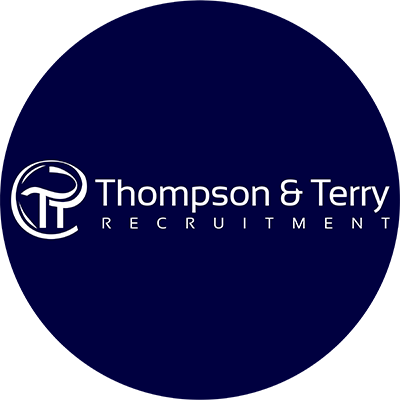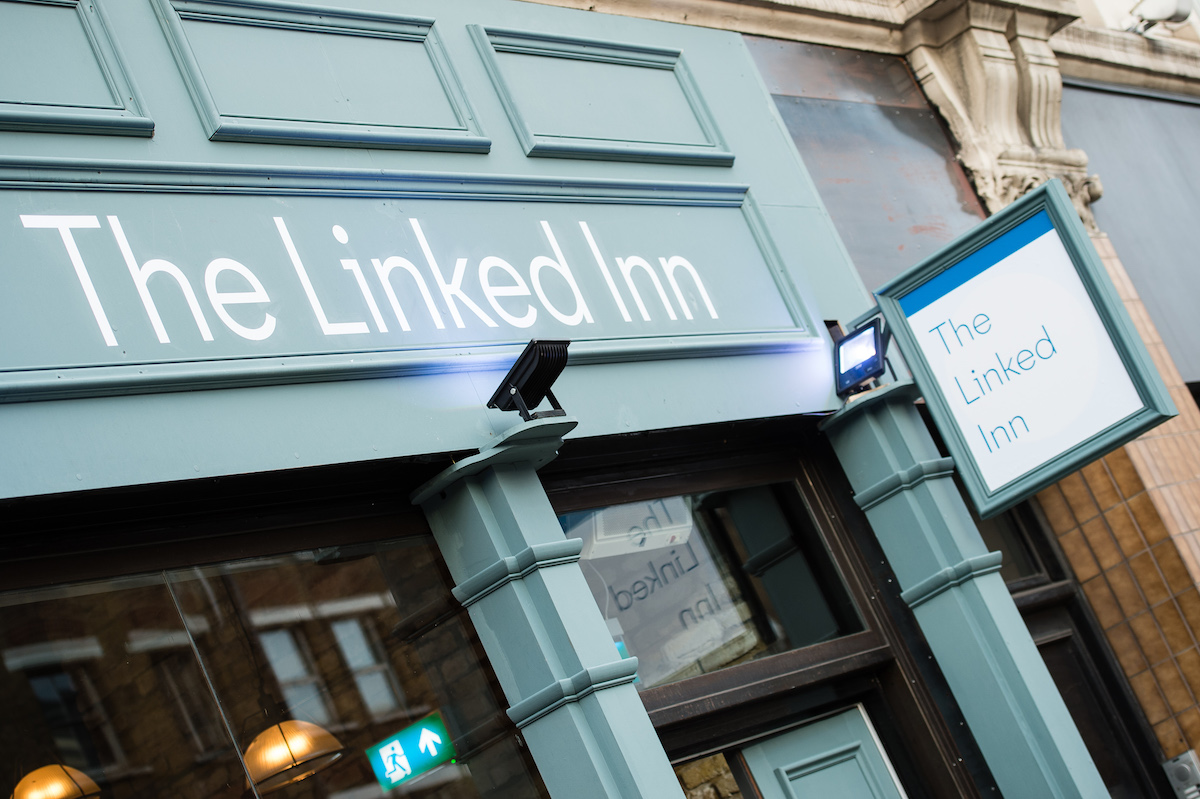A Recruiter’s Guide on How to Hire the Best Candidates for your Business

Recruitment can often be the difference between the success or failure of any small or large business, therefore it is vital that you do everything possible to ensure the former and avoid the latter.
Although it does seem like common sense to avoid failure, it is often easier said than done. It’s easy to buy a ‘good’ product, like a phone, car or holiday but because an employee is a human being and not a material object, there are many, more complex, variables to consider.
As a recruiter and business owner, I have built my business around the philosophy of only sending candidates to our clients that we’d personally employ ourselves, which before starting out in recruitment I assumed would be the norm, but it’s not!
I think every recruiter, hiring manager, or business owner has, or will, make mistakes at some point throughout their career. But, in this article, I hope to provide others with the tools needed to ensure the maximum possible chance of making successful future hires.
The Job Description
In my experience, I’d say this is often the first and biggest hurdle in most recruitment processes, especially if there are several stakeholders. It’s vital that you are united with your expectations, goals and duties for the successful post holder, before even starting the process. Otherwise, how can the candidate be judged and how can you make an accurate hire?
Many agencies and employers make the mistake of underselling or overselling a role. My approach has always been to give the good, the bad, the ugly and then the good. No that’s not a typo! In a candidate-driven market, it’s important that you ‘sell’ your company and the role, but also important that you ensure that you remain honest – hiding something at this stage will likely just waste your time or the candidates. Therefore, I suggest explaining all of the benefits and then informing the candidate of any potential downsides to the role (for example, long working hours), before then reiterating any positives that may counteract the negatives (for example, the potential to progress quickly throughout the company and earn the opportunity to occasionally work from home).
How To Source
Well, start by instructing Thompson & Terry Recruitment (joke, well sort of!).
It’s really vital that you keep an open mind and really think about which method would provide a minimum possible risk/cost, which quite honestly varies depending on your market, sector, type of role, and the expertise that you have within your current team.
If you’re Manchester United Football Club and looking to attract a team photographer, you probably won’t need any help attracting talent but you may attract too much – one client of ours receives 200+ applications for every role, so they instruct us to ensure that we are able to identify the very best from that huge pool.
If you’re an Oxfordshire based website design agency, looking to recruit an experienced .Net Developer, then my advice would be to instruct an agency who works purely on a fee-for-placement model. The advertising cost alone, as well as time spent managing the recruitment process, really will cost a similar amount with no guaranteed placement at the end.
The Selection Process
Having said that, if you have the time and resources in-house then I would definitely recommend doing it yourself, as no agency will ever know your business as well as you.
Historically the norm has been to advertise a position and wait for a cue of applications. But, in today’s candidate-driven market this is a lot less realistic, even for the most desirable of employers.
That even extends to professional football, where the top players are in such high demand, that often the successful clubs are the ones who are willing to move quickly and pay the high asking price.
A big part of our business is sales recruitment, where it’s becoming harder and harder to attract the top talent. In fact, it’s in such high demand that a very good salesperson will rarely apply for a job and, even less commonly, make the open market.
So what can you do? Well if I was using football as an example, I’d be opening a can of worms to bring up the football agent debate, so I’ll leave that for another day. But in local recruitment, it’s more straight forward – once you find a suitable candidate, you need to move incredibly quickly.
Retention
It’s rare for an agency to say don’t hire, but I’m going to say exactly that, honestly don’t, unless you’re expanding of course.
I so regularly see local business owners letting their top talent leave the business for as little as £1k, but then spending around £10k to recruit and train a replacement, who will still need to build specific knowledge and experience.
Equally, once you get to the stage where an employee is handing in their notice, it’s almost always too late. Strikingly, over 80% of candidates who accept a counteroffer from their current employer, end up leaving within 6 months.
My advice is to ensure that your best workforce is constantly being mentally challenged, regularly rewarded, and invested in both short and long term goals. At Thompson & Terry, we fund a monthly external business coaching session and set monthly goals (both personal and work-related), such as winning an award or having a blog published, which we have found really motivates our staff.
Additionally, our commission structure is tiered and all staff can be rewarded with a promotion and a pay rise every 9 months, which really helps to recognise the worth of our employees and our appreciation of them.
I hope this read has been helpful but if you would like to know more about how best to recruit for your business then please email me at ben@thompsonandterry.co.uk or call me on 01235 797 177 to arrange a free 1-hour recruitment consultation.
Ben Thomspon – Managing Director
- Abingdon
- Abingdon Recruitment Agency
- Ben Thompson
- candidates
- Career
- Careers
- Carterton
- Clients
- Contact
- Didcot
- Employment
- hire
- hiring
- Jobs
- new job
- Opportunity
- Oxford
- Oxford Recruitment Agency
- Oxfordshire
- Recruiting
- Recruitment
- Resourcing
- Sales
- Thompson & Terry
- Thompson & Terry Recruitment
- Vacancies
- Vacancy
- Witney
- Woodstock


